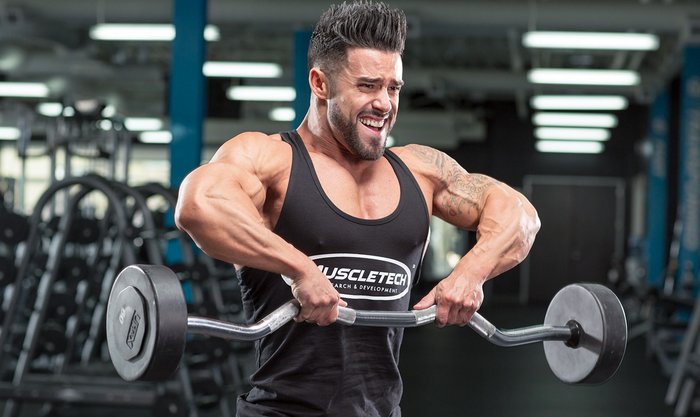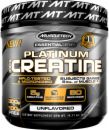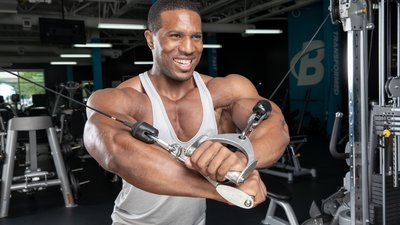You're probably reading this because you want bigger, stronger muscles. Unfortunately, many of us don't always see the results we want, despite going to the gym every day and banging out rep after rep with the heaviest weights we can handle.
If this sounds familiar, I think I know what the issue is. You're focusing on doing the reps and moving the weight instead of working the muscle—and yes, there is a big difference between the two.
What is Pre-Exhaustion Training?
Many workout programs call for you to start with a compound movement like squats for legs or bent-over rows for back. Because multiple muscles are needed to complete these lifts, more joints are working. So when you do these moves first, typically you can handle more weight.
The goal, however, is not just to lift the most weight, it's to make the muscle you want to grow do most of the work. This requires establishing a strong mind-muscle connection. The best way to do that is to target the specific muscle you're trying to build first.

Before you get cranking with that compound lift, do an isolation exercise to target the muscle you want to grow. This is what's known as a pre-exhaust. For chest, for example, you might do flyes before your bench presses. The reps you do with the isolation exercise fatigue the muscle—hence the term pre-exhaustion. So, by the time you get to the compound lift, your target muscle has already been working. Sure, you might not be able to use as much weight now, but you benefit from a primed muscle that is now doing the work it needs to grow.

Adding the Pre-Exhaustion Technique to Your Workouts
Now that you know pre-exhaustion sets come first in the workout, which exercises should you use to pre-exhaust? While any movement that isolates the specific area you're trying to target would work, your best bet is to go with a machine movement that allows a controlled, full range of motion and lets you perform one side at a time.
You could work both sides if you like, but if you have trouble feeling one side more than the other, or your weaker side is lagging, choose a unilateral movement and start with that weaker side. For example, if you're going to do back and have trouble feeling your lats working, then you could opt for a single-arm pull-down. If your target muscles are your quads or hamstrings, start with a single-leg press or curl.
As for the sets and reps, do 3-4 sets of this first exercise and keep the rep range at 6-12. Start with a lighter weight and focus on performing the reps a little slower as you establish that mind-muscle connection. Add weight and lower the reps with each successive set. By the time you finish that last set, you should be mentally locked in and physically prepared to take on the rest of your workout.

